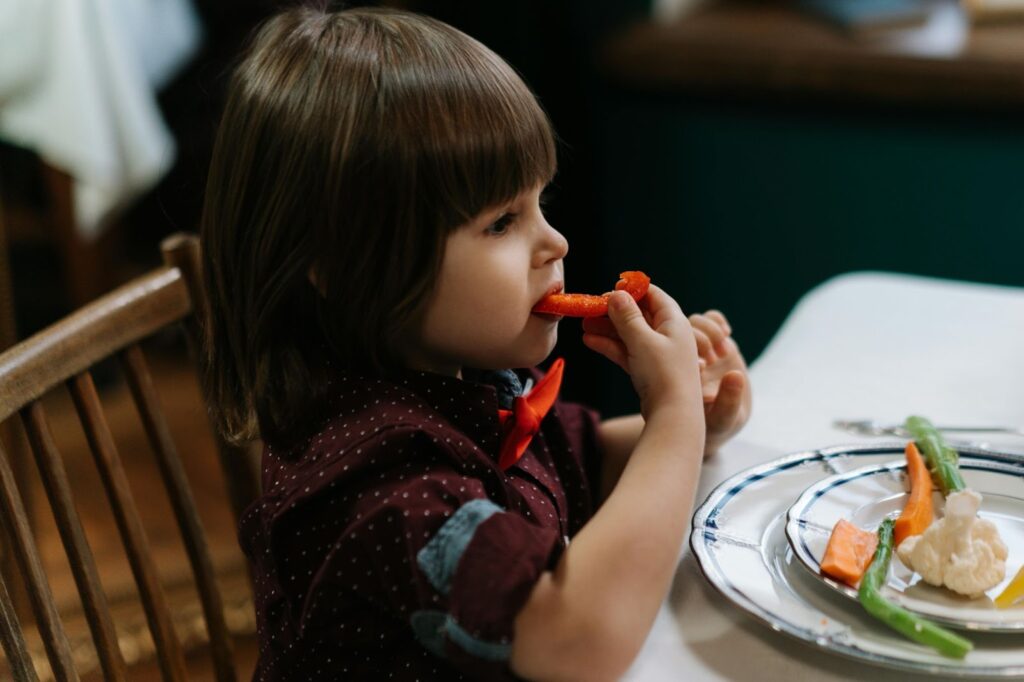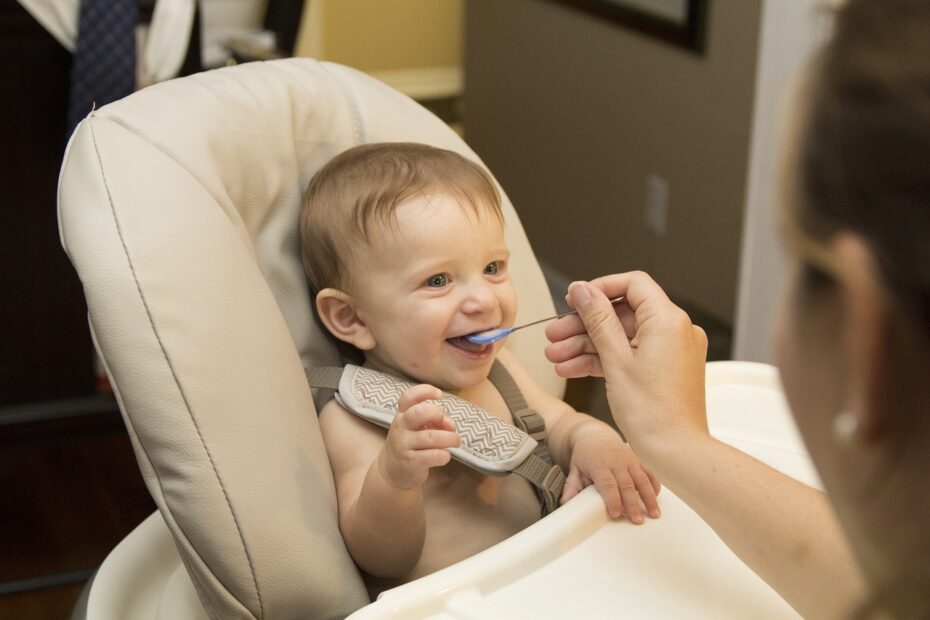As parents, the journey of introducing solid foods to your baby marks a significant milestone. Among the various methods available, Baby-Led Weaning (BLW) stands out as a distinct and empowering approach. In this Tree House Academy blog post, we will explore the concept of baby-led weaning, its principles, and the many reasons why it is gaining popularity as a natural and enjoyable way to introduce infants to the world of solid foods.
Understanding Baby-Led Weaning
Baby-Led Weaning is a feeding method that flips the traditional spoon-feeding script. Rather than starting with purees and spoon-feeding, BLW encourages babies to self-feed from the very beginning. The core idea is to let infants explore and experiment with a variety of age-appropriate finger foods, allowing them to take control of their eating experience.
Key Principles of Baby-Led Weaning
Self-Feeding
BLW puts the baby in the driver’s seat, allowing them to feed themselves right from the start. This fosters independence and helps develop fine motor skills as they grasp, touch, and explore different textures.
Whole Foods
Instead of processed purees, baby-led weaning promotes the use of whole, real foods. Soft fruits, vegetables, meats, and other nutritious options are cut into appropriately sized pieces for your baby to explore.
Family Inclusivity
BLW encourages including your baby in family meals right from the beginning. This not only creates a positive eating environment but also promotes social interaction and the development of healthy eating habits.
Listening to Hunger Cues
By allowing babies to self-regulate their food intake, BLW helps them develop an awareness of hunger and fullness cues. This can contribute to the establishment of a healthy relationship with food from early childhood.
Benefits of Baby-Led Weaning
Motor Skills Development
BLW promotes the development of fine motor skills as infants learn to pick up, hold, and chew different foods.
Diverse Palate
Offering a variety of whole foods right away exposes babies to different flavors and textures, potentially fostering a more adventurous and less picky eater in the future.
Family Bonding
Including your baby in family meals enhances bonding and establishes positive associations with mealtimes, making them a shared and enjoyable experience.
Independence and Confidence
Allowing babies to be active participants in their feeding process boosts their confidence and independence, laying the foundation for a positive relationship with food as they grow.

Practical Tips
Start with Soft Foods
Begin with soft, age-appropriate foods that are easy for your baby to pick up and chew. Cooked vegetables, fruits, and well-cooked meats are excellent options.
Supervise, Not Interfere
While supervision is crucial, resist the urge to interfere too quickly. Allow your baby to explore and learn at their own pace, even if it gets a bit messy.
Safe Eating Environment
Create a safe space for meals, removing potential choking hazards, and ensuring your baby is securely seated in a high chair.
Baby-Led Weaning is more than just a method of introducing solid foods; it’s a philosophy that nurtures independence, healthy eating habits, and positive family dynamics. As you embark on this journey with your little one, relish the messy moments, celebrate the milestones, and savor the joy of watching your baby discover the joys of food on their own terms. Happy weaning!

